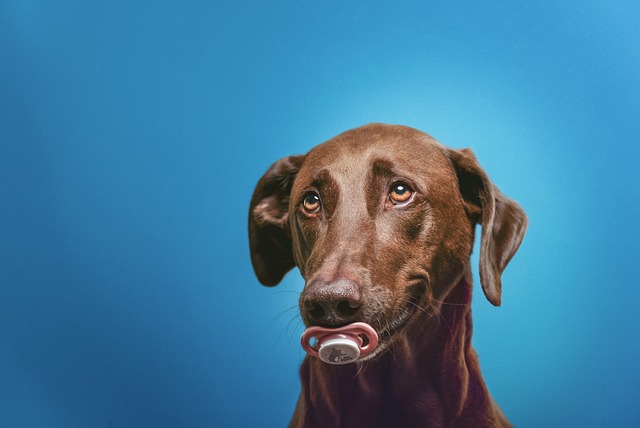
Does dog plaque powder really work
Does dog plaque powder really work? This is a question many new dog owners in Europe and the US, especially in the US, often ask.
What to feed a dog with dental pain? Picture this: You set down your pup’s usual kibble, and instead of diving in, they sniff it, back away, and whimper softly. When you lean in, you notice their mouth hanging slightly open, like even closing it hurts. A quick check reveals red gums and a yellowish tarter buildup—dental pain is making mealtime misery. For new dog owners, watching your furry friend struggle to eat is heart-wrenching, but the right foods can turn “ouch” into “yum” while they heal.
Let’s start with why it hurts. Dental pain—from cavities, swollen gums, or broken teeth—turns chewing into a chore. Imagine biting into a crusty roll with a canker sore; your dog feels that sharp twinge with every chomp. Hard, dry foods (like kibble) scrape sensitive gums, while sticky treats get stuck between teeth, worsening irritation. Their bodies crave nutrition, but their mouths scream “stop”—so the goal is to feed foods that are gentle, easy to swallow, and packed with goodness.
So, what works? Think soft, smooth, and satisfying. Boiled chicken is a star: poach boneless, skinless breasts until they’re so tender they fall apart, then shred or mash them. It’s high in protein, easy to chew, and most dogs go crazy for it. A neighbor in Portland had a 7-year-old terrier with a broken tooth; after switching to mashed chicken mixed with a little low-sodium broth, he went from skipping meals to cleaning his bowl. Cooked sweet potatoes, mashed until creamy, add fiber and natural sweetness—no need for extra sugar. Plain, unsweetened yogurt (with live cultures) soothes gums and adds probiotics, great for digestion. For a warm treat, blend cooked oatmeal with a splash of goat’s milk (easier to digest than cow’s milk) for a creamy porridge that slides right down.

Avoid anything hard (kibble, raw carrots), sticky (peanut butter with added sugar), or spicy—these irritate sensitive mouths. Instead, prep meals to be “fork-tender”: if you can mash it with a fork, it’s safe. Serve small, frequent portions—big bowls can feel overwhelming when eating hurts. And always let food cool to room temperature; hot foods can burn already sensitive gums.
Now, let’s tie this to life as a U.S. dog owner. Legally, stay on top of vaccines—rabies shots are mandatory in all 50 states, and many vets won’t treat dental issues without proof of up-to-date records. When out walking, even with a sore pup, always clean up after them; cities like Los Angeles fine up to $300 for leaving messes, and a dog in pain might have “accidents” more often. Culturally, never scold a dog for avoiding food—yelling adds stress, which makes pain feel worse. Instead, coo softly, “It’s okay, buddy,” and offer a tiny spoonful of their favorite soft food as encouragement. In apartments, wipe up food spills right away—soft foods can stick to floors and attract pests. For community walks, keep a shorter leash; dogs in pain may be snappish, so giving other pups and people space prevents conflicts.
Most importantly, see the vet. Dental pain rarely fixes itself, and they can clean teeth, treat infections, or pull damaged ones. But until then, these foods will help your pup eat comfortably. That Portland terrier? After a vet visit and a week of mashed chicken, he’s back to stealing (soft) treats from the counter—proof that gentle food and care go a long way.

Does dog plaque powder really work? This is a question many new dog owners in Europe and the US, especially in the US, often ask.

from a whiff that smells like a dumpster behind a seafood shack, you know the struggle. Stinky dog breath isn’t just a nuisance—it’s a sign their mouth needs a little help.

That moment your excited pup greets you with a yawn that smells like old garbage and wet socks – it’s enough to make anyone recoil.

How do I relieve my dog's fever? It’s a question that makes any new pet parent’s heart race. You notice your pup is listless, avoiding their food bowl, and their ears feel warmer than usual—little signs that something’s off.

How long does a dog take to get rid of parvo? For new pet parents, few diagnoses spark more panic than this—imagining your playful pup suddenly lethargic, refusing meals, or struggling with diarrhea.

What to feed a dog with dental pain? Picture this: You set down your pup’s usual kibble, and instead of diving in, they sniff it, back away, and whimper softly.